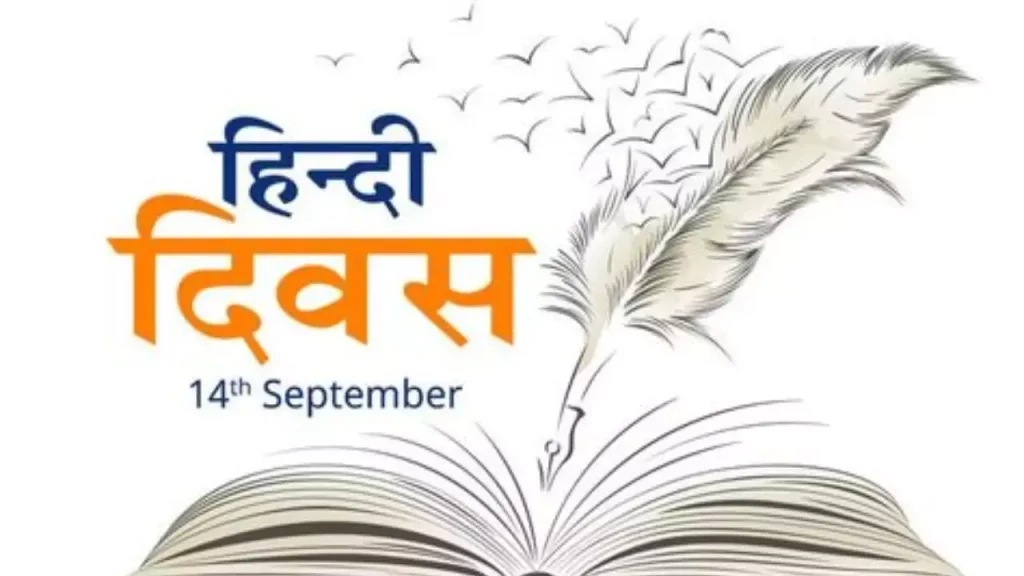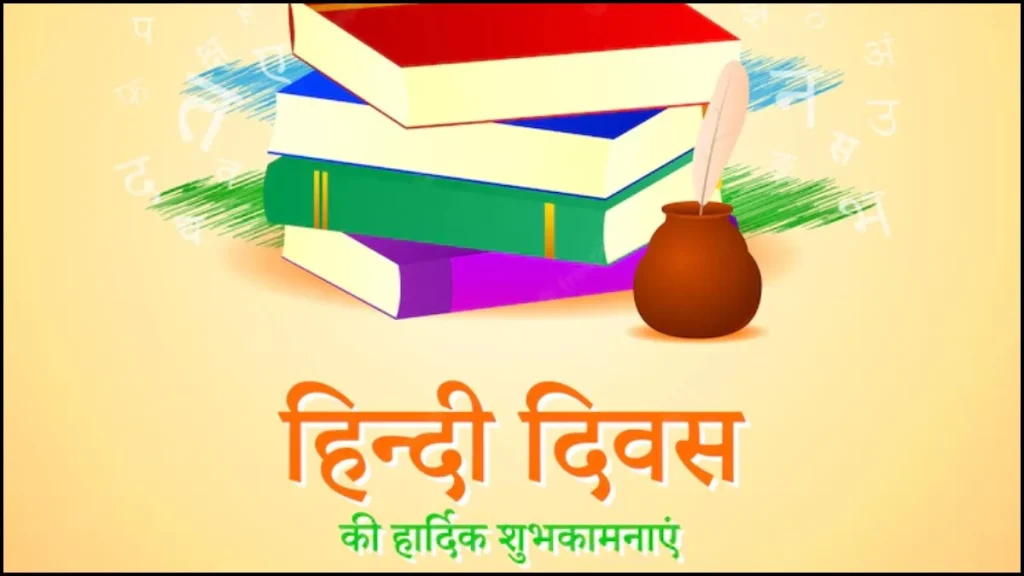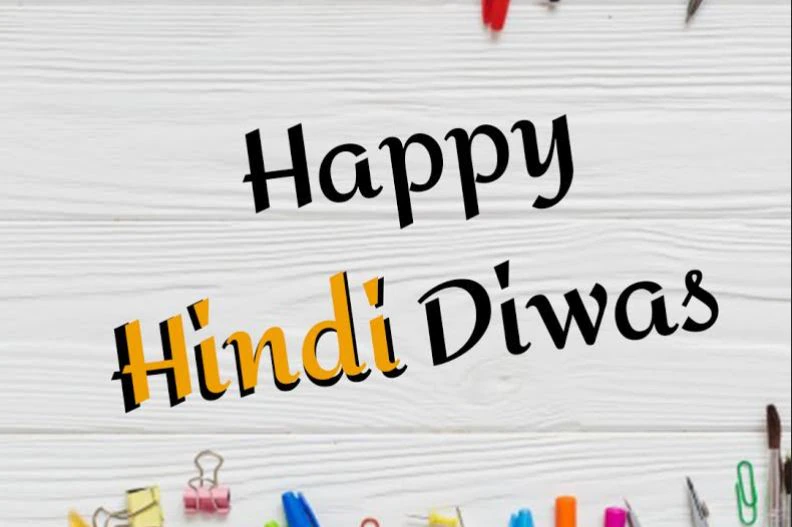Hindi Diwas, celebrated with fervor and devotion on the 14th of September each year, is a quintessential reflection of the vital role that the Hindi language plays in the rich tapestry of Indian culture. It transcends the boundaries of being just another date on the calendar; it is an embodiment of linguistic diversity and a symbol of the unity that language can bring. In this comprehensive journey, we will delve deeper into the roots, growth, and enduring relevance of Hindi Diwas.
The Historical Significance of Hindi Diwas
The historical backdrop against which Hindi Diwas is celebrated takes us on a captivating voyage into the annals of Indian history. The Hindi language, adorned with the elegant Devanagari script, has evolved over the centuries, shaped by influences from diverse linguistic sources. The choice of commemorating Hindi Diwas on September 14th harks back to the monumental moment in 1949 when the Constituent Assembly of India made a significant declaration – Hindi was to be the official language of the nation. This momentous decision was a pivotal step in uniting a country marked by linguistic diversity.

Celebrations on Hindi Diwas
The celebration of Hindi Diwas knows no boundaries; it resonates across the nation. Schools, colleges, and a multitude of organizations come together to mark the day with a colorful tapestry of cultural events, competitions, and enlightening seminars that are dedicated to the promotion of the Hindi language and its cultural heritage. People from various walks of life participate in this celebration, reciting Hindi poems, engaging in spirited debates, and taking part in a wide array of activities that showcase the immense linguistic diversity and the talent that thrives in India.
The Importance of Hindi as a Language
Hindi is not a mere medium of communication; it is an integral part of the Indian identity. It serves as a unifying force, transcending regional, cultural, and linguistic boundaries. Its popularity is evident in its widespread usage across the length and breadth of the country, making it a language that resonates with millions, connecting them to their roots.
Role of Hindi in Indian Culture
Hindi is not just a language; it is a custodian of culture and tradition. It has played a significant role in preserving and promoting Indian heritage. Many ancient scriptures, religious texts, and classical literature are written in Hindi, emphasizing its deep-rooted cultural significance.

Hindi Diwas and Educational Institutions
Educational institutions play a pivotal role in the promotion and preservation of the Hindi language. They organize a plethora of events that encourage students not only to learn Hindi but also to appreciate its rich heritage. Hindi is not just another subject; it is a cornerstone of the curriculum, ensuring that the younger generation values and respects this linguistic treasure.
Promoting Hindi in India
Efforts to promote Hindi transcend the confines of educational institutions. The government, alongside numerous cultural and linguistic organizations, remains steadfast in its commitment to enriching and preserving the language. This commitment extends to publishing Hindi literature, organizing grand cultural festivals, and conducting research to further develop the language and ensure its continued relevance.
Hindi Diwas Beyond Borders
Hindi transcends the geographical boundaries of India; it extends its reach globally. It is one of the most widely spoken languages worldwide, thanks to the Indian diaspora. Hindi Diwas is an opportunity for people around the world to connect with their Indian roots and celebrate the language that binds them to their homeland.
Hindi Diwas and Literature
Hindi literature is a treasure trove with a rich and diverse history that spans centuries. Celebrating Hindi Diwas is a tribute to the literary accomplishments of eminent writers and poets who have made significant contributions to the language. Their works continue to inspire and educate people, transcending time and generations.
The Future of Hindi Language
In the era of globalization, Hindi is not just an Indian language; it is a global language. With India’s increasing influence on the world stage, Hindi’s importance as a means of communication is bound to expand. It is a language that connects people, not just within India but across the world.
Preserving Hindi Heritage
Preservation of Hindi heritage is crucial to ensure the language remains vibrant and relevant. This preservation extends to various aspects, including digitizing ancient texts, recording oral traditions, and documenting regional dialects. These efforts ensure that Hindi’s rich heritage remains accessible to future generations.
Hindi Diwas and Digital Media
The digital age has opened up new avenues for the promotion of Hindi. Social media platforms, websites, and digital publications provide a dynamic and far-reaching platform for people to express themselves in Hindi. This not only strengthens the language’s presence in the online world but also empowers individuals to connect with their culture and heritage.
Must Read:
Challenges Faced by Hindi
While Hindi is poised for a bright future, it faces certain challenges. Dialectical variations, complexities in the Devanagari script, and the influence of other languages present hurdles. However, concerted efforts are ongoing to address these challenges and ensure the language’s continued growth and preservation.
Conclusion
Hindi Diwas is not just a celebration; it is a reminder that languages are not merely tools for communication but repositories of history, culture, and identity. As we come together to celebrate Hindi Diwas, let us collectively acknowledge and cherish the importance of preserving and promoting this beautiful language that unites a nation.

